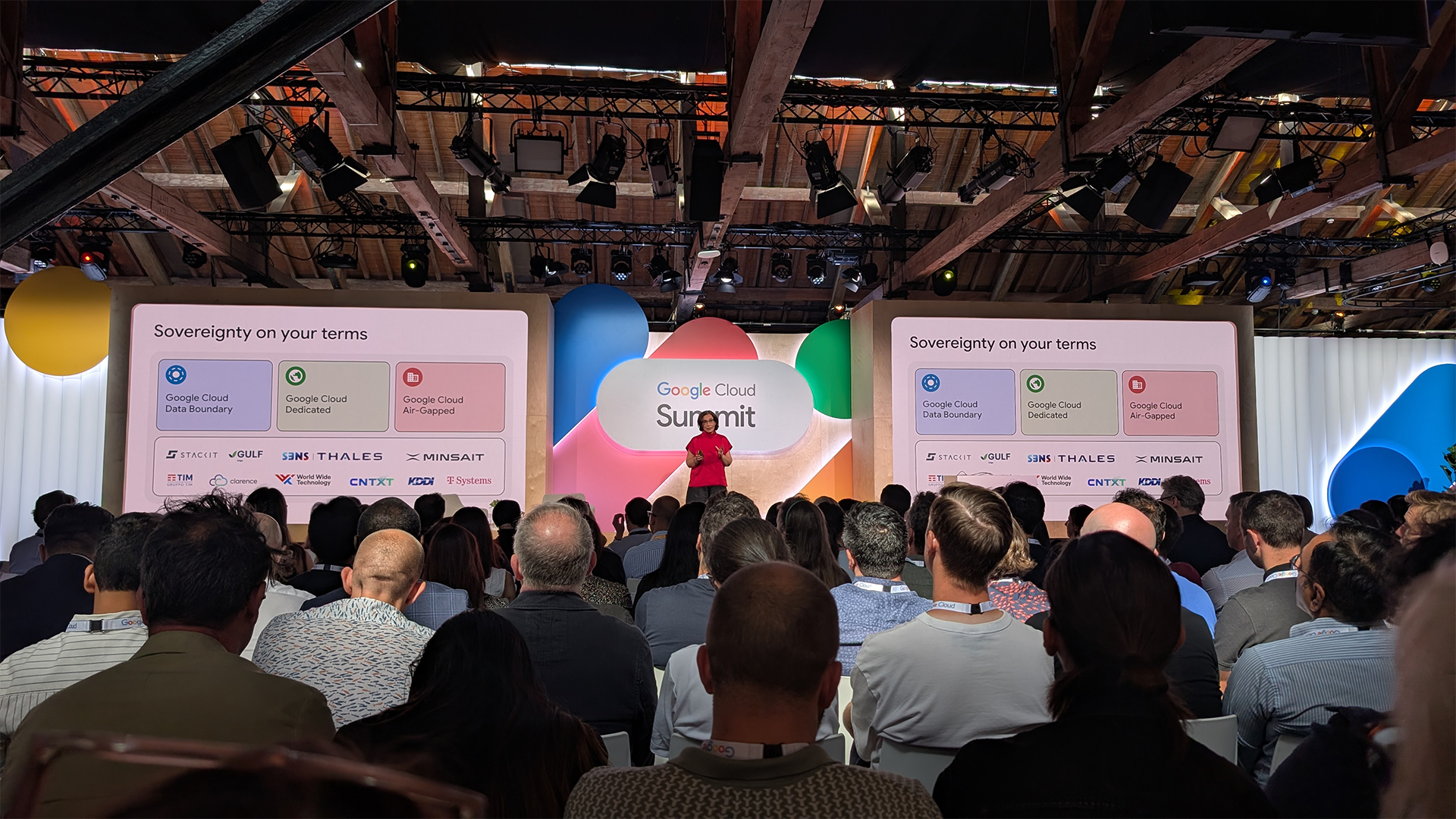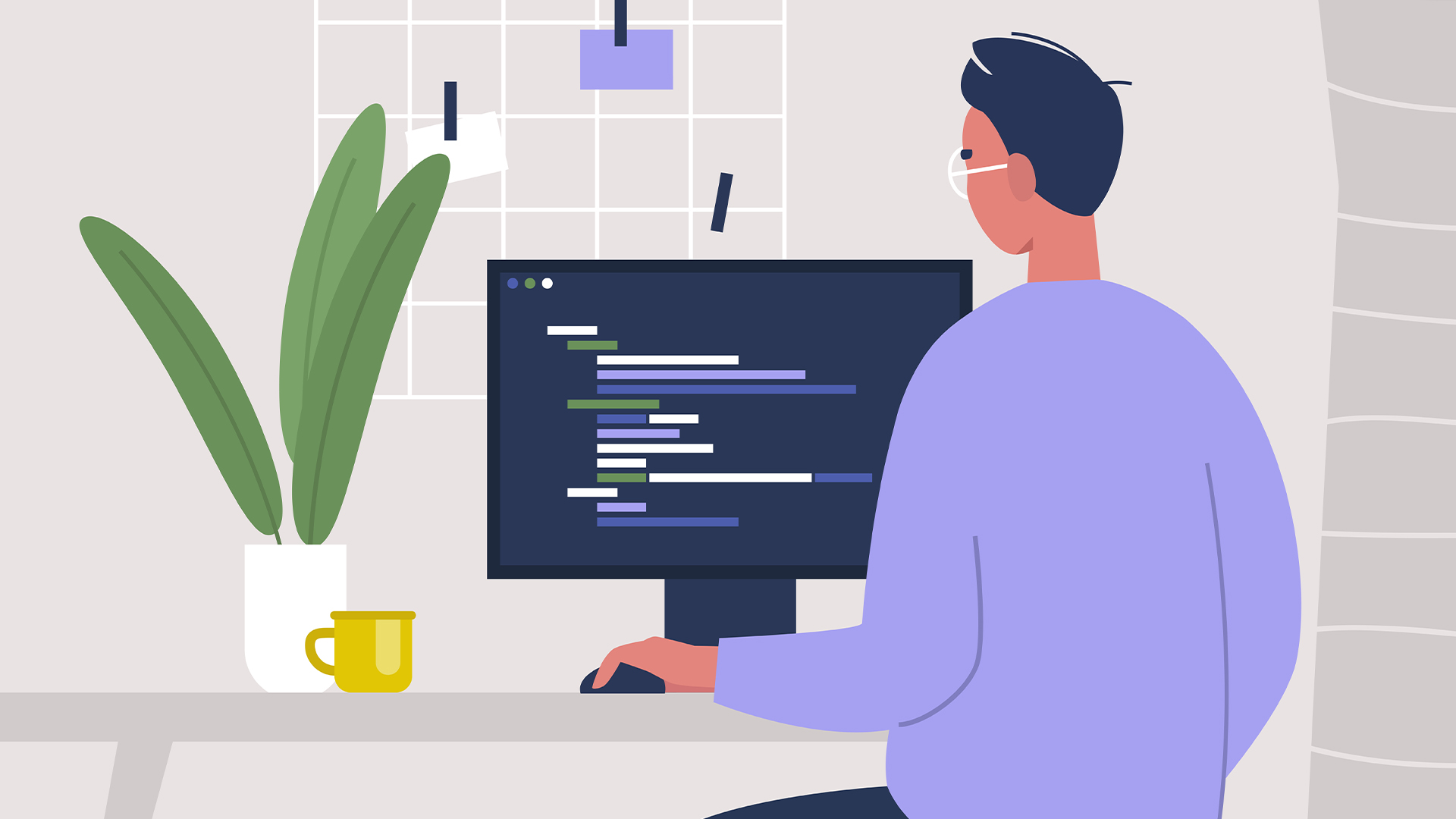Android P developers plot battery power boost
Benjamin Poiesz and Tim Murray reveal the motivation behind 'adaptive battery' and what's next for Android battery life


Google released the beta version of Android P, the ninth installment of its mobile operating system, as well as the second developer preview of the upcoming Android version at the I/O Conference in California.
Google's goal for Android P is to streamline the user interface so that customers can easily find and use apps and complete tasks. Using Project Treble, which rolled out with Android Oreo in August 2017 and simplifies updates and patches, Android P will offer an array of new features.
Latest Android P News
02/08/2018: Android P developers plot battery power boost
Two of the engineers involved in the Android P build have revealed their plans for boosting the power and efficiency of the Android P platform when it comes to battery life.
Benjamin Poiesz, group product manager for the Android Framework, and Tim Murray, a senior staff software engineer for Android spoke to ArsTechnica about why they were so enthusiastic to make the battery last longer on smartphones using Android P and how they track the data to make better decisions about how power is distributed across applications.
After reading an article on the website about the Snapdragon 810 processor on Android back in March 2015 and how it runs "really hot", Murray explained how he was adamant to fix that. So he, alongside members of the kernel and framework team started looking into how they could control the processes from Activity Monitor.
"We started enforcing affinity controls using the knowledge in activity manager service," he explained. "We started off really simple, so background services and cached apps could only run on little cores. Foreground services could use some big cores, but not all of them, and the app you're currently interacting with can use any core."
Sign up today and you will receive a free copy of our Future Focus 2025 report - the leading guidance on AI, cybersecurity and other IT challenges as per 700+ senior executives
He added that the results were astounding and increased the performance per watt by double digits. When it came to developing Android P, Google essentially super-charged that process and extended the way it ran to include apps that worked when the screen was off rather than when the device was being used. The result of the Android teams' efforts was adaptive battery.
"In P, what we did was, when you turn the screen off, these kinds of system services get moved to a more restricted CPU stack. So, rather than being able to use all of the little cores and some big cores, we just restrict them to only using little cores, and it saves some battery."
This means when the screen is switched off, it uses power more efficiently. But identifying the processes that need to work while the screen is switched off versus those that still need to run was vital in the tech's development.
"So, adaptive battery was one of those ones where we're trying to get better and better predictions about what we think you're going to be using, so then those things can be allowed to run more, and the things that we don't think will be used, we're deferring them.
Now Google is working on refining that even further, using the anonymised data it collects from the majority of Android devices in active duty. Many of these changes will just be bug fixes, because bugs cause battery degradation, but a major contribution will also be getting the balance right between wake and asleep time and splitting deep doze and slight doze to save even more battery power.
Release Date:
As of 8 May, the Android Beta Program offers a download of Android P to receive feedback while the version is still in development. Six top partners will release the Android P beta: Sony Xperia XZ2, Xiaomi Mi Mix 2S, Nokia 7 Plus, Oppo R15 Pro, Vivo X21UD and X21, and Essential PH1. Pixel devices can also be enrolled and will automatically receive Android P updates.
Google released the second Android P developer preview on 9 May at the I/O conference. The first preview released in March 2018, and three more previews are expected in June and July.
We don't expect to see the completed version until August 2018, based on the release of the last iteration, Android Oreo.
Android P name predictions:
Google has a tradition of naming its Android devices after chocolates and other treats -- so what will this latest iteration be named? Spring 2018 wallpapers on Google's Instagram stories hints at the name "Android Popsicle".
Other predictions include pancake, parfait, pastry, peanut brittle and pumpkin pie. Any Harry Potter fans might be looking out for an Android Puking Pastille, though the name would be a mouthful - and not a delicious one.
Android P top features:
Enhanced Security
The OS has created a standardised biometric authentication process to handle fingerprint, iris and face recognition across such sensors found on Android devices. For apps, this makes it easier for developers to use Android P's biometric authentication prompt rather than be forced to create their own.
A new KeyStore type called StrongBox provides developers with APIs to set which cryptographic keys they wish to protect with hardware level security often found in tamper-resistant hardware featuring isolated CPU, RAM and flash storage.
Organisation
The new App Actions predicts what users want to do next and will suggest apps to assist with that task. When you plug in headphones, for example, the app will offer the opportunity to return to your last Spotify playlist. This function can be utilised by app developers to gain visibility for new apps or reignite interest in existing apps.
Slices provides templates for user interfaces, with support for toggles, scrolling content and other interactive functions. Through Android Jetpack, a set of app-building tools, developers can reach users across 95% of Android devices.
Simplified system navigation also enables access to Home, Overview and Google Assistant from any screen. Among other new gesture modifications, a tap takes you to the home screen and a swipe up reveals Overview, where you can see your recently used apps. While these movements could take some getting used to, Google maintains that expanding gestures will make multitasking and app discovery easier.
Extended Battery Life
Google pulled smart technology from its AI research company DeepMind to create Adaptive Battery.
Adaptive Battery optimises battery use through machine learning that allocates the most battery to your most important apps. With Background restrictions, you can also see which apps are draining all of your battery and restrict those apps to the most basic and least battery-guzzling functions.
Sound and Visuals
The second preview allows developers to see what their apps would look like with two notches - identical cutouts at the top and bottom center of the screen, which some reviewers are not happy with as it cuts into the screen real-estate.
On the bright side, Dynamics Processing Effect lets developers improve sound quality in their apps and adapt it to user preferences.
For users themselves, other benefits include Adaptive Brightness, which learns the level of screen brightness you like to have in differently lit situations and changes your phone's brightness automatically and accordingly; a Magnifier widget is also present to easily select and enlarge text.
Wellbeing
A series of apps and automatic functions are geared towards helping you spend less time on your mobile device. Android P will have stats on things such as how many notifications you receive, how many times you open your phone and how much time you spend on each app.
It is also preprogrammed to turn on Do Not Disturb when you turn your phone's screen over and activate Night Light mode when it gets dark to help you go to sleep.
Enterprise Adoption:
Whether you're participating in beta testing or following reactions to the developer previews, you might be considering how the Android P could help your business.
In the workplace, reinforced security can give you peace of mind for your important information, while adaptive battery, gesture navigation and App Actions can improve efficiency and extend the battery life of your device.
As a developer, App Actions and Slices bring visibility to your apps, and many of Android P's other new features allow you to optimise apps for customer preferences.
Image: Shutterstock

Clare is the founder of Blue Cactus Digital, a digital marketing company that helps ethical and sustainability-focused businesses grow their customer base.
Prior to becoming a marketer, Clare was a journalist, working at a range of mobile device-focused outlets including Know Your Mobile before moving into freelance life.
As a freelance writer, she drew on her expertise in mobility to write features and guides for ITPro, as well as regularly writing news stories on a wide range of topics.
-
 Google Cloud announces new data residency flexibility for UK firms, accelerator for regional startups
Google Cloud announces new data residency flexibility for UK firms, accelerator for regional startupsNews UK-specific controls and support for up and coming AI firms is central to Google Cloud’s UK strategy
-
 Workers are covering up cyber attacks for fear of reprisal – here’s why that’s a huge problem
Workers are covering up cyber attacks for fear of reprisal – here’s why that’s a huge problemNews More than one-third of office workers say they wouldn’t tell their cybersecurity team if they thought they had been the victim of a cyber attack.
-
 MCP servers used by developers and 'vibe coders' are riddled with vulnerabilities – here’s what you need to know
MCP servers used by developers and 'vibe coders' are riddled with vulnerabilities – here’s what you need to knowNews Security researchers have issued a warning over rampant vulnerabilities found in MCP servers used by developers and 'vibe coders'.
-
 AI-generated code is in vogue: Developers are now packing codebases with automated code – but they’re overlooking security and leaving enterprises open to huge risks
AI-generated code is in vogue: Developers are now packing codebases with automated code – but they’re overlooking security and leaving enterprises open to huge risksNews While AI-generated code is helping to streamline operations for developer teams, many are overlooking crucial security considerations.
-
 Shifting left might improve software security, but developers are becoming overwhelmed – communication barriers, tool sprawl, and ‘vulnerability overload’ are causing serious headaches for development teams
Shifting left might improve software security, but developers are becoming overwhelmed – communication barriers, tool sprawl, and ‘vulnerability overload’ are causing serious headaches for development teamsNews Developers are becoming overwhelmed amid the 'shift left' in development practices, new research shows.
-
 The NCSC wants developers to get serious on software security
The NCSC wants developers to get serious on software securityNews The NCSC's new Software Security Code of Practice has been welcomed by cyber professionals as a positive step toward bolstering software supply chain security.
-
 Red teaming comes to the fore as devs tackle AI application flaws
Red teaming comes to the fore as devs tackle AI application flawsNews Only a third of organizations employ adequate testing practices in AI application development, according to new research, prompting calls for increased red teaming to reduce risks.
-
 ‘Frontier models are still unable to solve the majority of tasks’: AI might not replace software engineers just yet – OpenAI researchers found leading models and coding tools still lag behind humans on basic tasks
‘Frontier models are still unable to solve the majority of tasks’: AI might not replace software engineers just yet – OpenAI researchers found leading models and coding tools still lag behind humans on basic tasksNews AI might not replace software engineers just yet as new research from OpenAI reveals ongoing weaknesses in the technology.
-
 Java developers are facing serious productivity issues: Staff turnover, lengthy redeploy times, and a lack of resources are hampering efficiency – but firms are banking on AI tools to plug the gaps
Java developers are facing serious productivity issues: Staff turnover, lengthy redeploy times, and a lack of resources are hampering efficiency – but firms are banking on AI tools to plug the gapsNews Java developers are encountering significant productivity barriers, according to new research, prompting businesses to take drastic measures to boost efficiency.
-
 Software security debt is spiraling out of control – remediation times have surged 47% in the last five years, and it’s pushing teams to breaking point
Software security debt is spiraling out of control – remediation times have surged 47% in the last five years, and it’s pushing teams to breaking pointNews Software security flaws are taking longer to fix than ever, with remediation times having grown by 47% in the last five years.